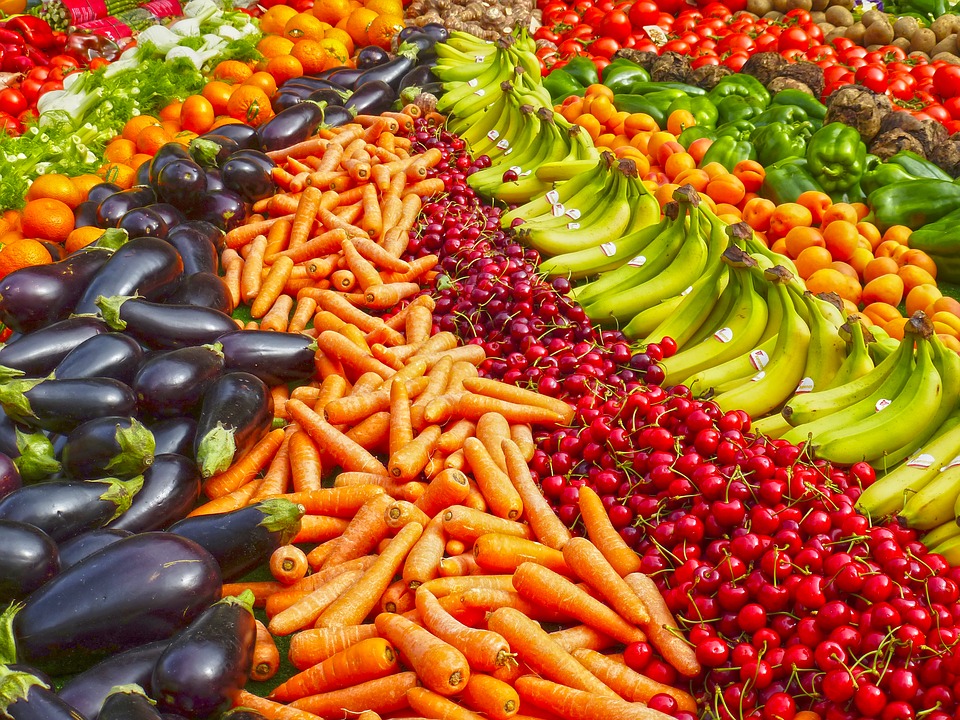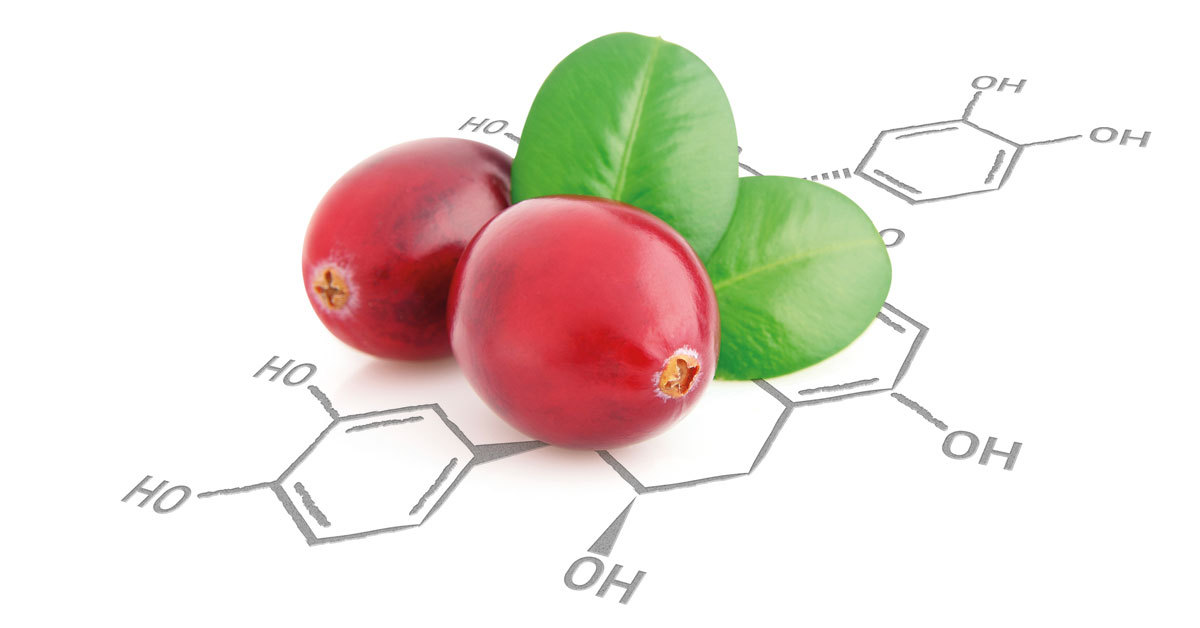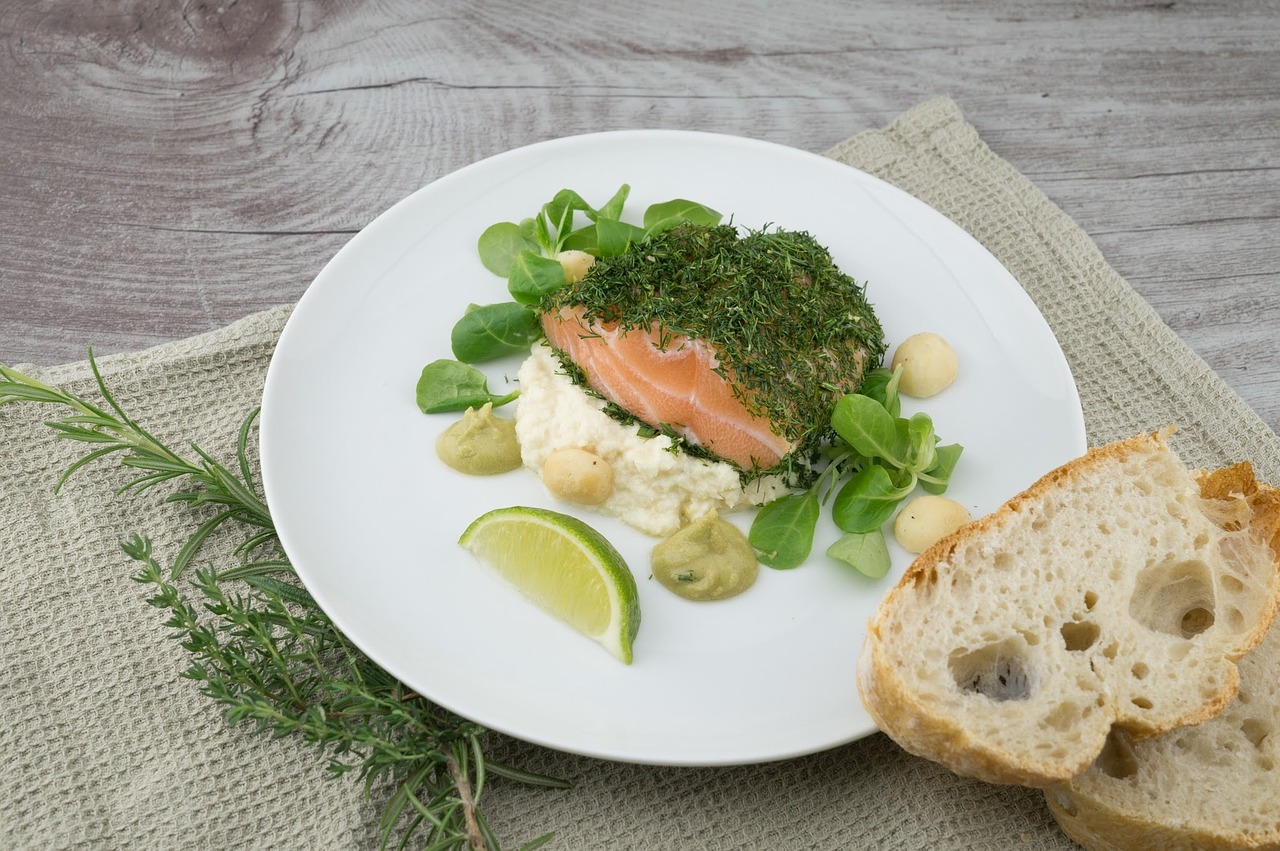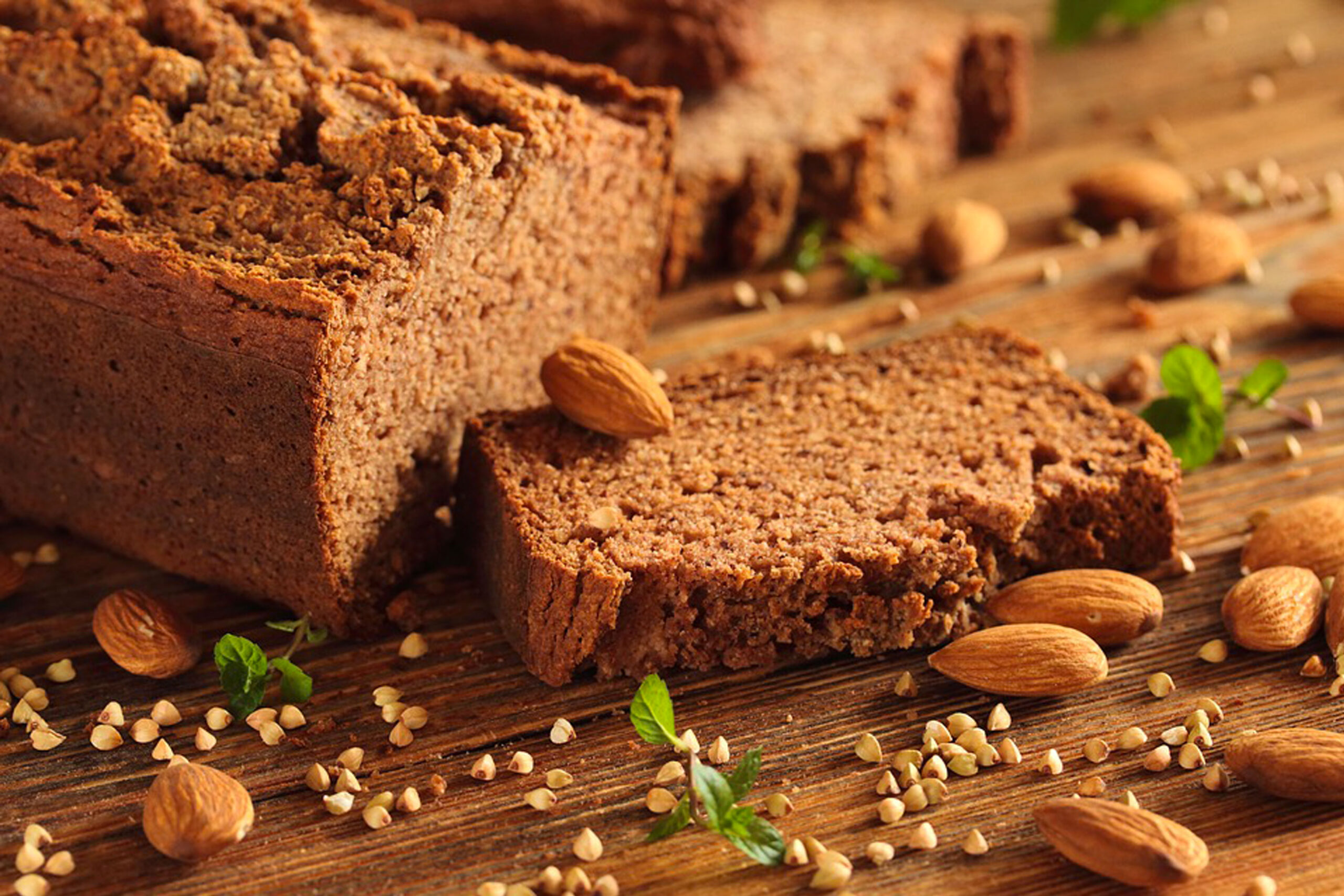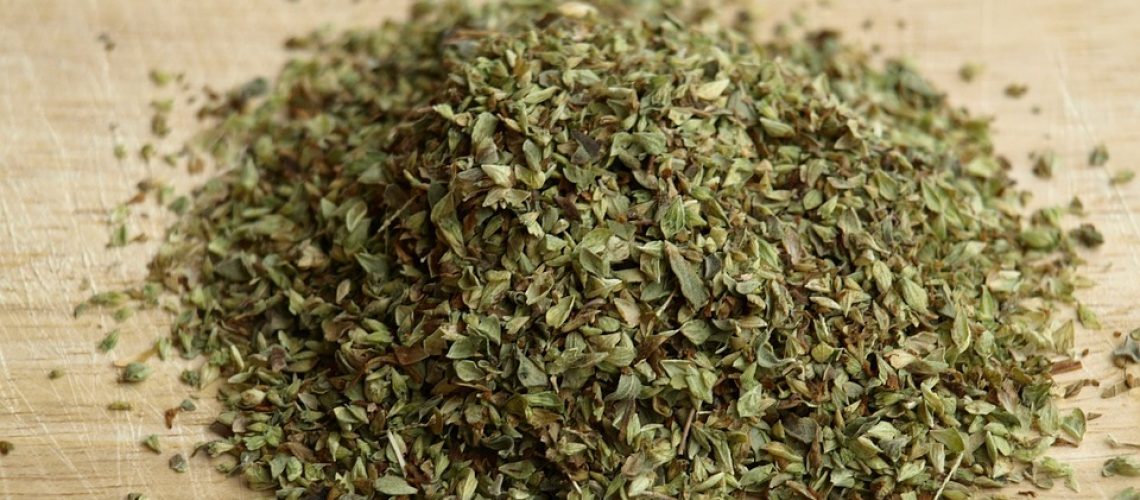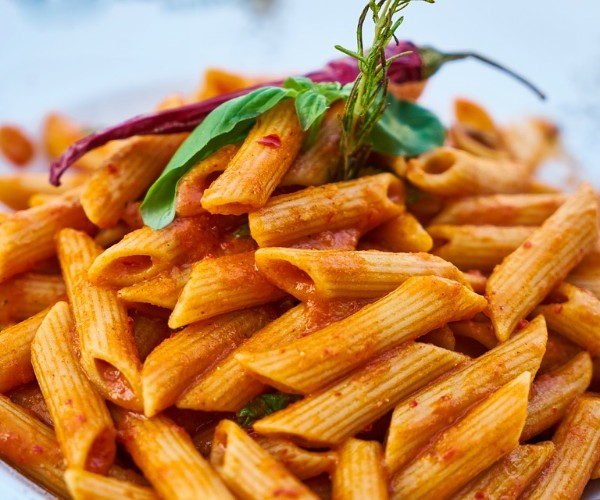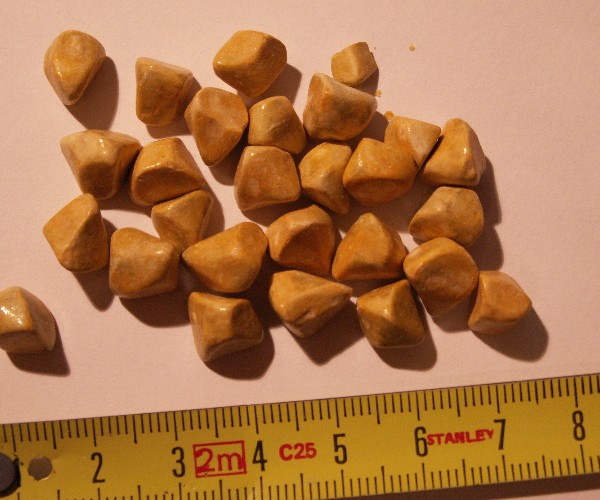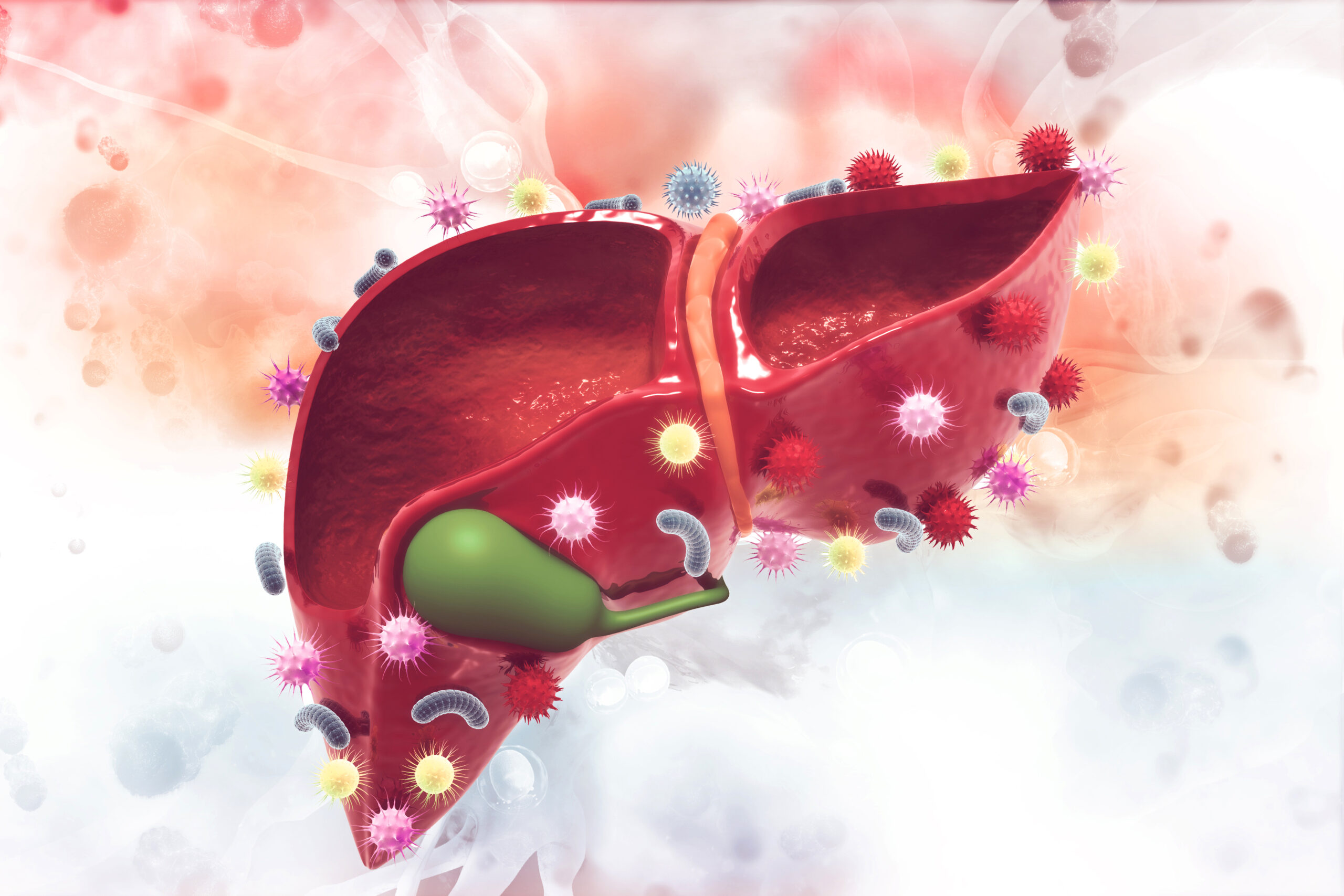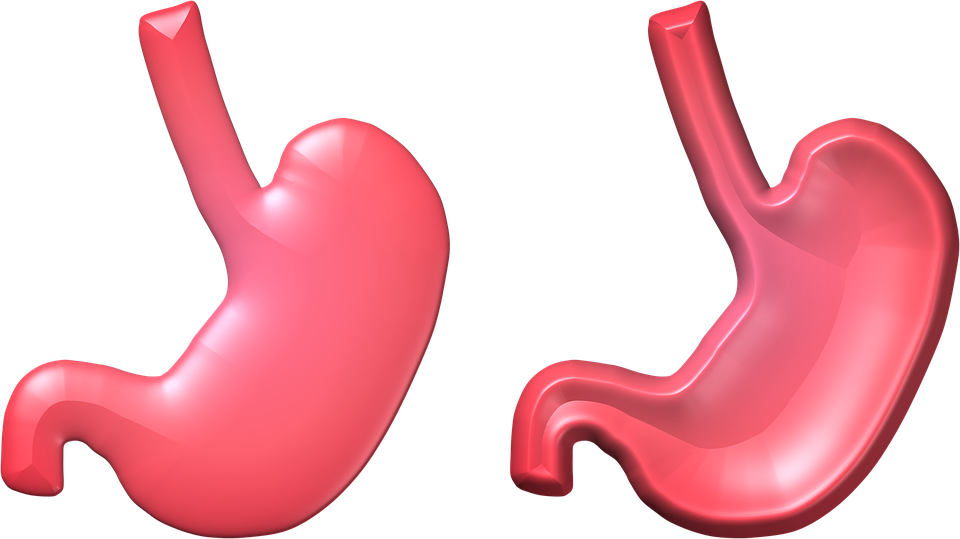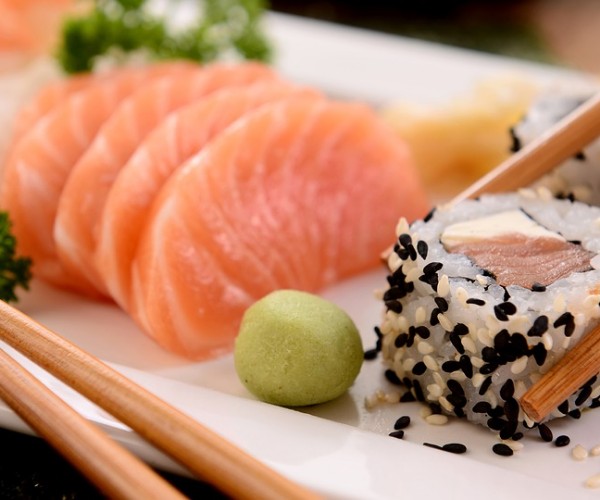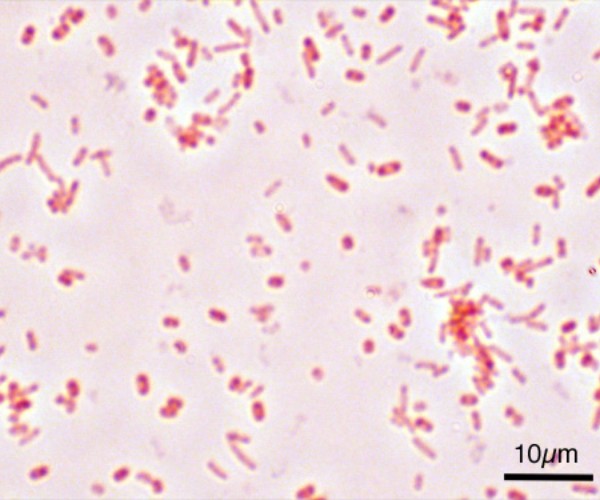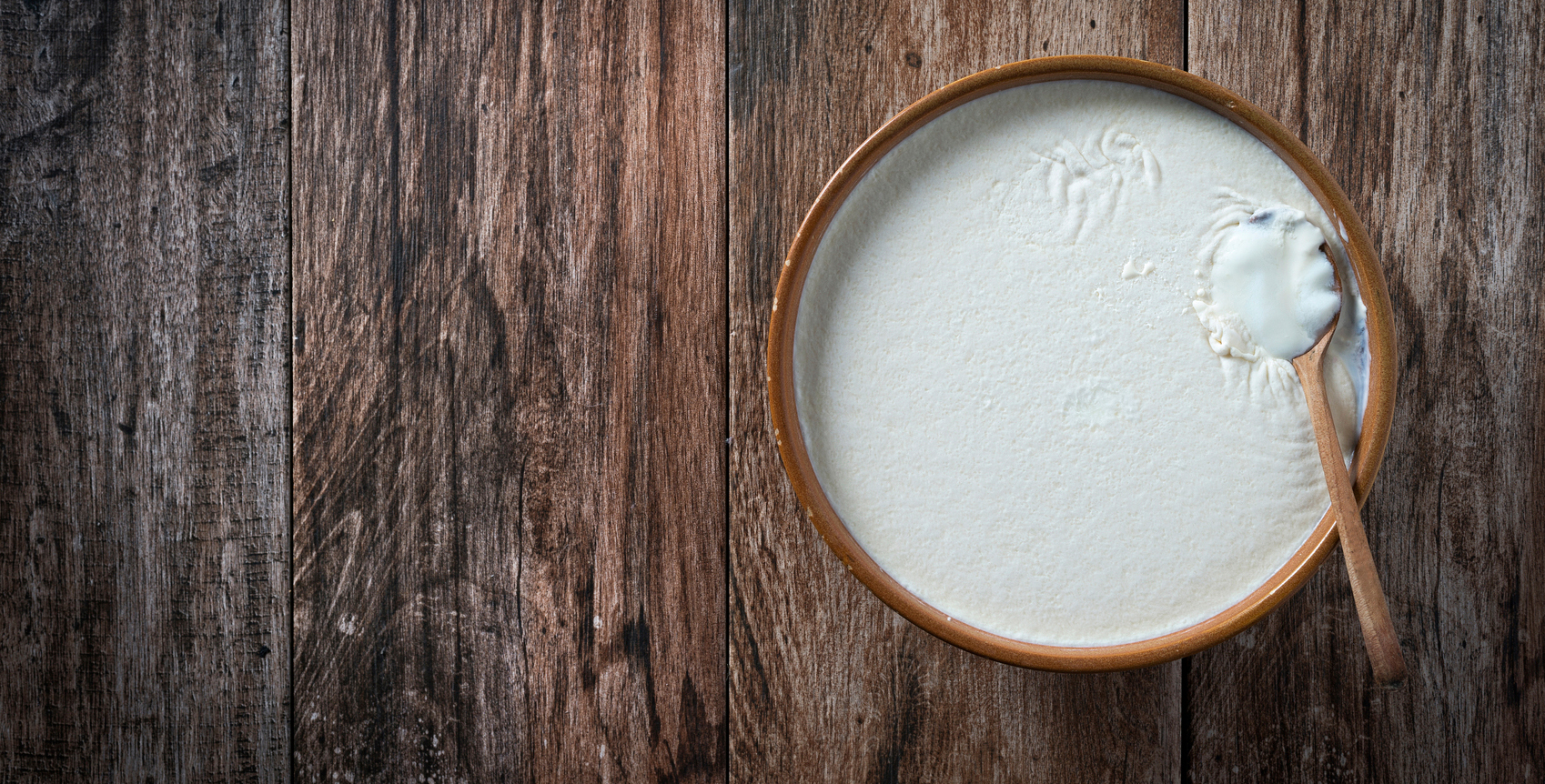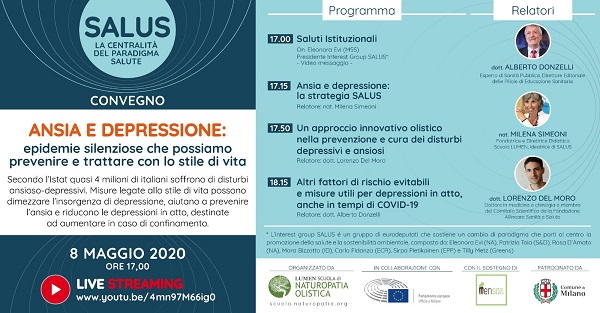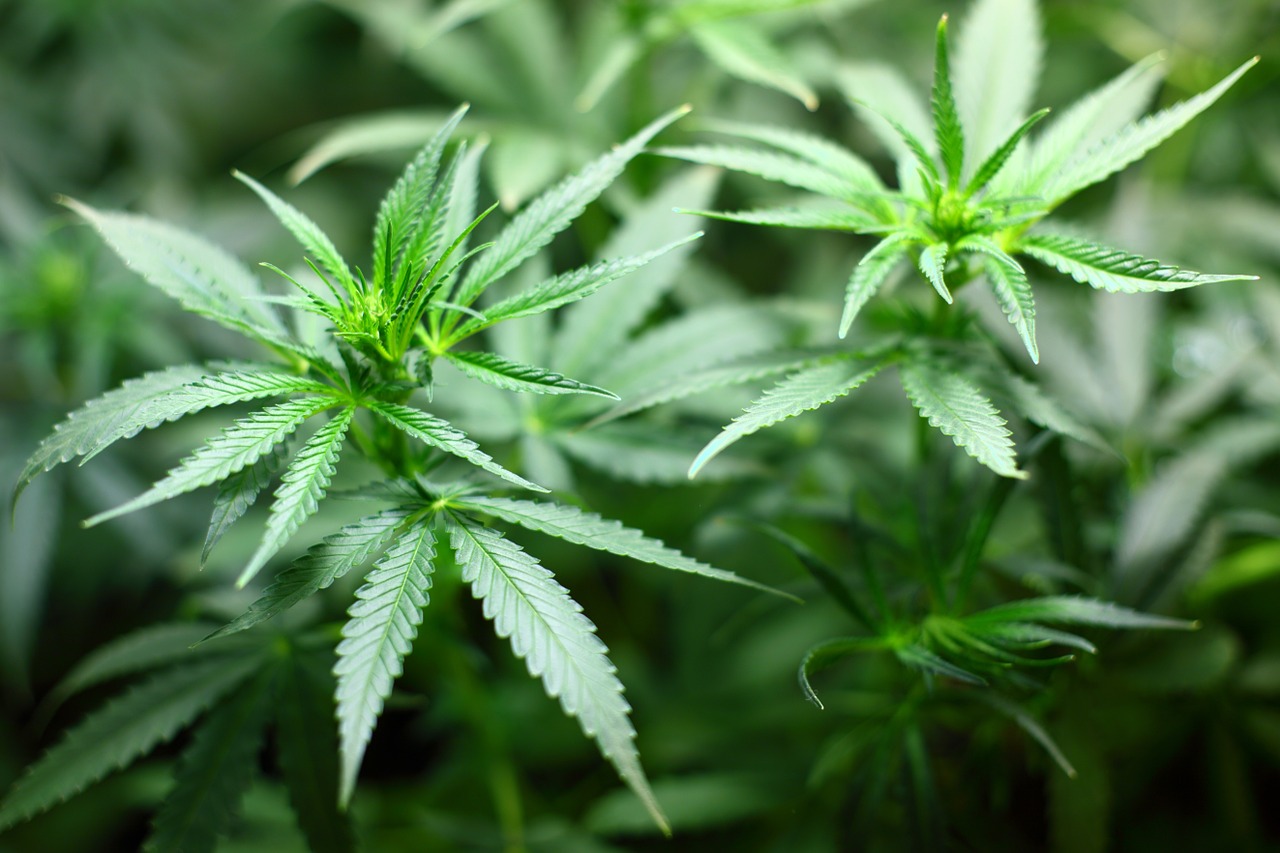A sprinkling of oregano on a doc marinara pizza should never be missing, because it gives it that Mediterranean, Italianate scent and flavor that make all the difference. An aromatic spice, known since ancient times and also used for some therapeutic virtues, oregano is still used in natural medicine today. Very easy to grow, with some even unusual uses in the kitchen, it should not be missing from the flavor corner, balcony or garden.
In Botany. Oregano belongs to the Lamiaceae family, an aromatic perennial plant to which marjoram also belongs. Several varieties are known, roughly fifty, among perennial or aromatic species, but the best known and most widespread isoriganum vulgare, the most common on Italian tables. It is a small shrub, about 70-80 centimeters in height at most, with an intense fragrance, covered in the summer months, during flowering, with flowers gathered in small spikes between pink and violet. While the leaves are oval with slightly serrated margins. Both, flowers and leaves, fresh and/or dried can be used for a variety of purposes.
Habitat. Native to the Mediterranean basin, the oregano plant prefers warm-temperate, sun-exposed places where it can best develop the intensity of its aroma. It grows wild in hilly areas with sandy soils and in mountainous areas, in the most inaccessible spots, but no higher than 2,000 meters, managing to break up the landscape with its pink flowers. Not surprisingly, the name, which comes from the Greek “oros,” mountain, and “ganos,” splendor, means “joy of the mountain.”
Poking around in antiquity. Oregano then was prized for medicinal and culinary purposes while in ancient Greece it was customary to adorn newlyweds with garlands of oregano considered a symbol of fertility and prosperity, and even today, some believe it can strengthen love between newly married couples. Most likely for this ‘belief’ oregano in the language of flowers symbolizes happiness. But not only that: in ancient Greece, sheep and goats were allowed to graze in oregano fields because feeding on it enriched their meat and milk with flavor. The Egyptians, on the other hand, used it for embalming or used it for making ointments and oils to massage the body after bathing. In antiquity, oregano was attributed important therapeutic properties: for example, the Greek philosopher Aristotle (384-322 B.C.) asserted that tortoises, after quenching their hunger by eating a snake, had to ingest oregano immediately afterwards to avoid death. The Romans also used this herb in cooking and in many medicinal recipes: Pliny recommended it boiled, in poultices, for bruises and toothaches or to make them whiter mixed with honey; in case of an inflamed throat he suggested applying chopped oregano with gallnut and honey and using a mixture of oregano leaves, honey and salt to treat spleen problems; to sprinkle the body with an ointment while avoiding wetting the belly to relieve fatigue; to use a poultice made of toasted figs and oregano to burst boils. Finally, oregano was believed to keep snakes away, and people who were ste bitten by them were also cured with it. Also in antiquity, in an undefined time, it was used as incense; in fact, it was thought to ward off the presence of demons. In the Middle Ages, bald men rubbed their scalps with its oil to promote hair regrowth and it was considered a magical plant that could ward off witches. In the Renaissance, however, people used to put oregano on the windowsill to awaken a woman’s passion for her lover. In the Modern Age it was lauded as an antidote against the “black disease of the soul,” i.e., depression, so much so that in some old German sayings it is found with the name “good mood herb.” Finally, at one time the flowers were used to dye wool.
Legend. Oregano is also spoken of in mythology; it is said that the birth of the plant occurred as a result of the misfortune of Amaracus, a young man who had been charged with bringing to the table of the king of Cyprus an ampulla containing an ointment of unparalleled fragrance, but in the presence of the sovereign, lost in emotion he dropped the ampulla, dispersing its contents. Convinced that he had displeased the king, he allowed himself to die of a broken heart, and the gods, moved to compassion, transformed him into a plant endowed with an extraordinary aroma: oregano.
Instead, another legend says that the beneficial virtues of oregano are owed to the stork, which, like other animals, would eat it after eating poisonous foods. That is why the coat of arms of the Paris Faculty of Medicine consists of 3 silver storks carrying an oregano branch.
Kitchen. Certainly oregano has gone ‘down in history’ as a spice good for flavoring savory and even sweet dishes! In fact, it is used on par with mint, basil, parsley, thyme, and dill to flavor vegetables, such as eggplant or zucchini, tubers such as potatoes, meats, salads, cheeses, fish, sauces and fillings, and of course on pizza, where it is indispensable! Equally famous are bruschettas: a slice of homemade bread or grilled toast flavored with tomato, mozzarella and oregano-scented olives, but it can also be added in preparations of pickles in oil and pickles in agents and is an essential ingredient in the preparation of anchovy paste so much so that in southern Italy oregano is also vulgarly called “Acciughero.” Few people know or make use of it in the ‘sweet’ version, but oregano also goes very well with apples and chocolate, according to a usage probably handed down. Indeed,
- in the cuisine of Ancient Rome is found mentioned in Apicius’ cookbook, which even goes so far as to use it in desserts, and it was the Romans who helped spread it throughout Northern Europe, including Scandinavia and the Baltic countries. But how did it come down to us? Oregano found its way to China in the Middle Ages when caravans traveling the Silk Road connecting Europe with Asia brought exotic spices to Europe and vice versa. The Pilgrim Fathers, founders of New England, brought oregano as far as America and settlers as far as Australia, but, the plant, which gives its best only in certain particular places, did not retain its aroma or even its appearance (hence came the name wild marjoram). American soldiers returning from their World War II intervention in Italy, when they returned home, greatly increased the demand for oregano because they had learned to love pizza. Thus oregano was no longer confused with marjoram despite having a similar appearance, and its unmistakable aroma became famous even overseas, despite the plant’s fidelity to its place of origin and its modifications due to soil and climate.
Herbal use. Possible uses include an infusion of oregano: used for baths or foot baths, it has a stimulating, disinfecting and deodorizing action. While the essential oil is used in cosmetics, food, liquor and medicine.
In ‘practical’ uses. It is perhaps known to few that:
- the ointment obtained from oregano can be used on furniture to scent and polish it;
- Grown alongside other herbs it carries out antiparasitic action, keeping away woodworms and ants;
- Pots of oregano placed on window sills prevent mosquitoes from entering;
- used on barbecue coals gives a special aroma to foods.
Cultivation. Like parsley, oregano is easily grown both in pots and in the ground, adapting well to different latitudes and even the driest and hottest climates. The key is low water supply, exposure to direct light and soil maintenance, removing weeds that can ‘smother’ the plant by limiting its development.
Multiplication. Oregano can be reproduced in three ways:
- By division of heads: this is the easiest and fastest way to multiply the crop. It is done in spring, between March and April, by removing the plant complete with rhizome and dividing it into several parts, which will then be transplanted separately. For growing in pots, it will be necessary to use well-capacity containers to allow the roots to be able to expand freely with drainage at the bottom, filled with light and a little sandy soil, placing the plant in a place well exposed to the sun, For example, a south or southwest balcony, irrigating regularly, albeit with modest amounts of water.
- By cuttings: if you do not wish to uproot the mother plant, you can take a small branch from it and root it, thus obtaining a new seedling. It is best to do this in February so that the oregano is ready for transplanting in the spring, usually in April or May. After tilling the soil and leveling the surface, a small hole needs to be dug into which to insert the seedling and recompacting the soil all around. In the case of multiple plants, they should be kept at a distance of 40 to 50 cm from each other.
- By seeds: Sowing should be done at the end of February in suitable pots or seedbeds. Once grown, the seedlings can be transferred to the ground or to larger pots as spring arrives. The advice is to place two or three seeds per container, shallowly, then cover them with a thin layer of soil to cover it, thinning out later.
Soil. Oregano does not require special potting soils, grows even in poor soils, and is resistant to water scarcity and tolerates frost, although severe cold can kill plants. Therefore, if you reside in frost-prone areas, you should protect your oregano during the winter months with nonwoven sheets or mulch. Crucial is that the soil be well draining, thus avoiding waterlogging that would cause the plant to rot, and that it be prepared before planting. At this time, compost or mature manure can be added to the soil in a moderate dose. Because it is a hardy plant even in the driest climates, watering should be sparse and sporadic.
Pruning. It should be done with special scissors starting from the base of the stem. The twigs should not be torn off by hand as this could damage the structure of the plant.
Harvesting and drying The oregano plant is ready for harvest when it is in full bloom. Harvesting is done using special gardening shears, severing the stem at about three-fourths of its length. Once harvested, oregano can be preserved by drying, which allows you to enhance the plant’s aroma and keep the flavor intact over time. While fresh leaves can be stored for several days in the refrigerator or frozen in the freezer. Drying is done by tying the stems into bunches with thread and placing them to dry with the flowering tops downward in the shade, in a warm, dry place such as well-ventilated attics. Once dried, flowers and leaves are easily separated from the stems, that is, the stems are “stripped” by hand or with the help of a mortar. The operation should be carried out as quickly as possible because volatile aromatic substances are easily dispersed, compromising quality.
***
Conservation. Oregano should be placed in an airtight glass jar or alternatively in a paper bag so that it can retain all its aroma, which, indeed, will tend to become more intense. The fresh one will last for a few days in the refrigerator, well dried and wrapped in food grade paper.
Diseases and pests. Oregano hardly suffers from phytopathologies, it has in itself several weapons to fight them; first of all, the essential oil produced from its flowers and leaves, and then various active ingredients that deter any aggressors. Despite this, it may be attacked by some aphids, but which do not do irreparable damage that can be countered by spraying the plant with a macerate of nettle and garlic.
Bibliography
Aromatic and medicinal plants in the garden and in pots (Green Thumb), Giungi Demetra, 2011
From Legnano LP, The complete book of herbs and herbs. Their use in herbal medicine, cooking and perfumery, Edizioni Mediterranee, 1996.




